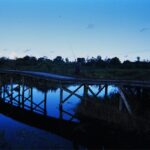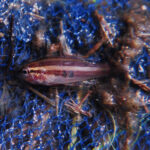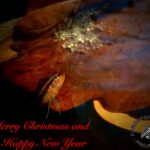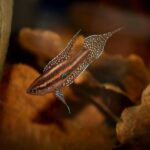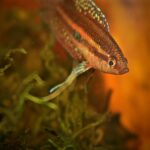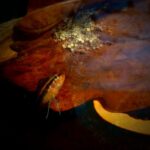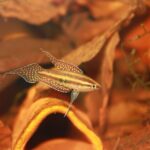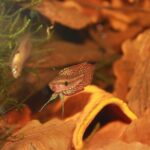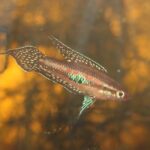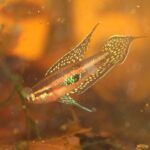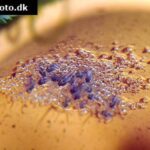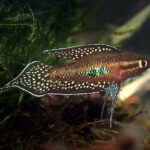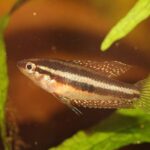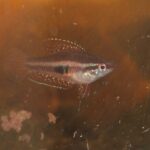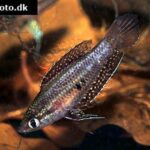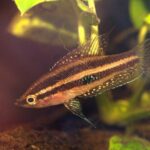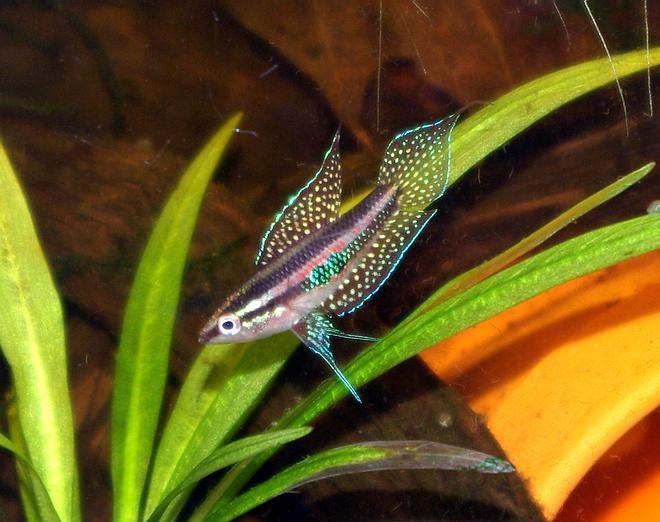
Kottelat 1991
First description: Notes on the taxonomy and distribution of some Western Indonesian freshwater fishes, with diagnoses of a new genus and six new species (Pisces: Cyprinidae, Belontiidae, and Chaudhuriidae). Ichthyological Exploration of Freshwaters, 2: 273-287.
Characteristics: Overall length max. 4.5 cm, with an anal fin filament, of up to 5 cm. Fin formula: Dorsal: XII-XIV, 7-8, total 19-22, Anal: XI-XIV, 10-12, total 22-24. The ♂ is usually bigger than the ♀, and has a much longer extended dorsal fin.
Also, its caudal fin is larger and has a significantly longer filament (up to nearly 1.5 cm). The ventral fins of the ♂ have longer filaments than those of the ♀ and, particularly in older animals, they are often not straight, but formed in an arc. Both partners have spotted unpaired fins and on the sides of the body, 0 -3 (often 2) consecutive thick black spots are shown, which is otherwise found only in P.pahuensis. Some males have several (up to 15) small red dots around these black spots. The body coloration varies from light beige to bronze or even burgundy. Such a reddish, previously undescribed form with the locality name spec. Seruyan seems to be a local variant of this species.
Similar species: Because of the structure and colour characteristics, the risk of confusion is low for both sexes (long, speckled unpaired fins, etc.). P. pahuensis has a round caudal fin without a filament and has no zone showing red dots on the body sides.
Occurrence / Distribution:Linke found the species in Kalimantan Tengah, 2km north of Sukamara and 4km south of Pudukali. It occurs near Pangalabuun as well. P. Linkei sometimes lives together (syntopically) with P. opallios.
Threat: Since the species inhabits mainly the southern lowlands of Kalimantan Tengah, it is highly endangered despite its wide distribution. The area of occurrence does not have natural vegetation anymore and is drained and used for agricultural purposes.
Discovery / First import: The species was found in 1990 by Horst Linke and Norbert Neugebauer. It was brought to Europe a year later and then named after its discoverer by Kottelat.
Trade:Today the species is traded occasionally, as the form ‘spec. Seruyan’.
Care / Breeding:Like other licorice gouramis, but linkeiis known to be robust and less sensitive. Therefore, this beautiful species is better suited than others for owners and breeders who have little experience with this group of fish. Sometimes a very large bubble nest is built. The clutch can be large for big animals (up to 100 or more eggs).
Behaviour / Particularities:head-down-courtship. P. linkei is a highly-recommended, attractive species.



